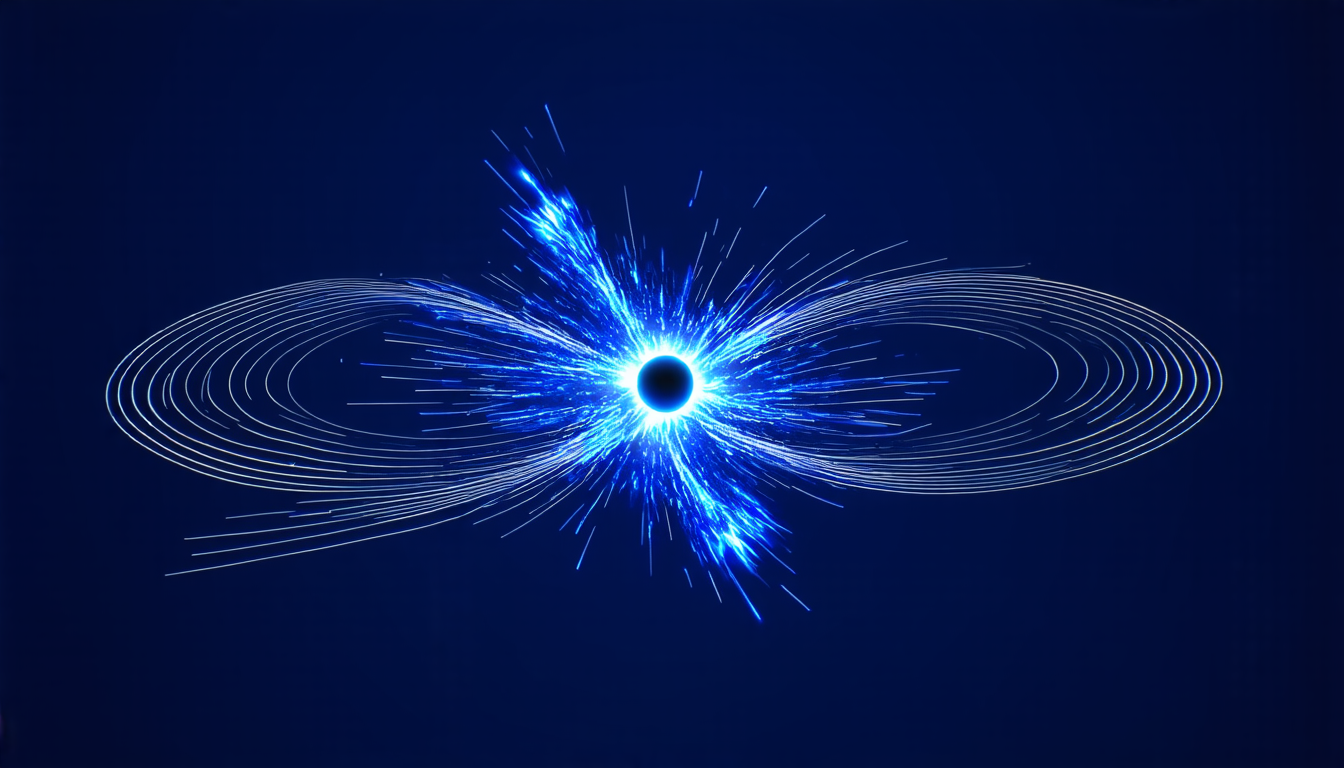Sunday 27 July 2025
Scientists have made a significant breakthrough in understanding how quantum systems, like those found in atoms and molecules, behave over time. For decades, researchers have been studying the behavior of these tiny particles, but they’ve struggled to grasp why they often reach equilibrium so quickly.
Equilibrium is when a system stops changing and settles into a stable state. In classical physics, this happens because the system loses energy or heat. But in quantum systems, it’s different. They don’t lose energy, yet they still manage to reach equilibrium. It’s like a puzzle that scientists have been trying to solve.
The key to understanding this phenomenon lies in something called typicality. Typicality is a concept that describes how most quantum states behave over time. In other words, it’s about what happens when you look at the behavior of a large number of particles simultaneously. By studying typicality, researchers can gain insights into how individual particles will behave.
Recently, scientists have made progress in understanding typicality by studying random matrix models. These models are simplified versions of real-world quantum systems, but they’re still complex enough to capture some of the key features of reality. By analyzing these models, researchers have been able to develop a deeper understanding of how typicality works.
One of the most interesting findings is that typicality can occur in different time scales. In other words, it’s not just about reaching equilibrium quickly or slowly – it’s about the process itself. This has important implications for our understanding of quantum systems and how they behave over time.
Another significant discovery is that typicality can be achieved through a process called ‘intermediate equilibration’. This means that the system doesn’t immediately reach equilibrium, but instead goes through an intermediate state before settling into its final state. This process is thought to occur because of the way particles interact with each other.
The study of typicality has far-reaching implications for our understanding of quantum systems and how they behave over time. It could also have practical applications in fields like materials science and quantum computing, where a deeper understanding of quantum behavior is crucial.
In recent years, researchers have made significant progress in understanding typicality through the use of random matrix models. These models are simplified versions of real-world quantum systems, but they’re still complex enough to capture some of the key features of reality. By analyzing these models, scientists have been able to develop a deeper understanding of how typicality works.
Cite this article: “Cracking the Code of Quantum Equilibrium: A Breakthrough in Understanding Typicality”, The Science Archive, 2025.
Quantum Systems, Atoms, Molecules, Equilibrium, Classical Physics, Quantum Behavior, Typicality, Random Matrix Models, Materials Science, Quantum Computing







